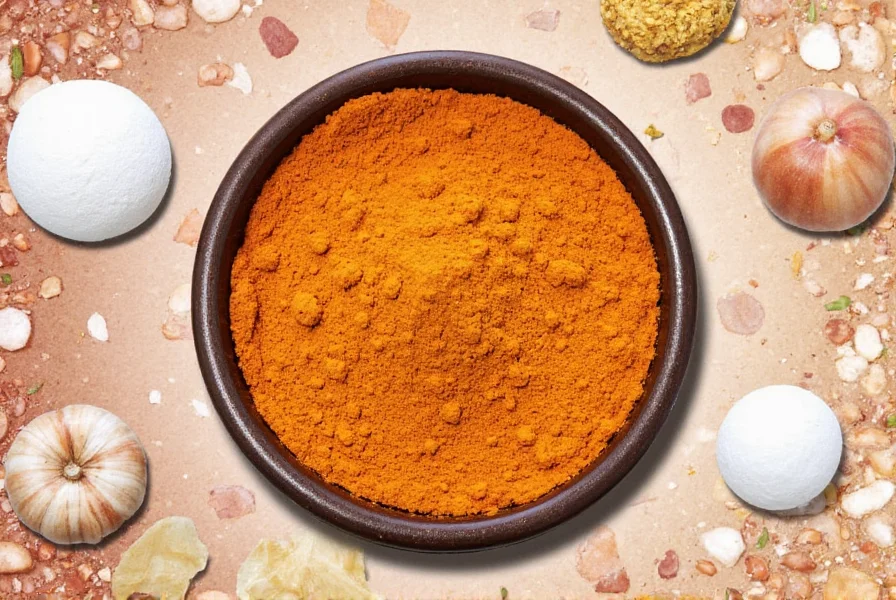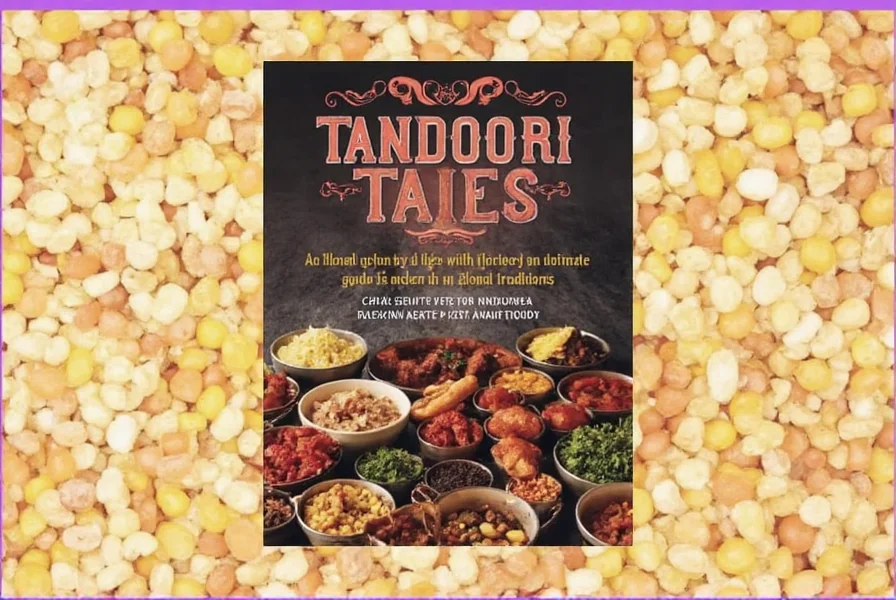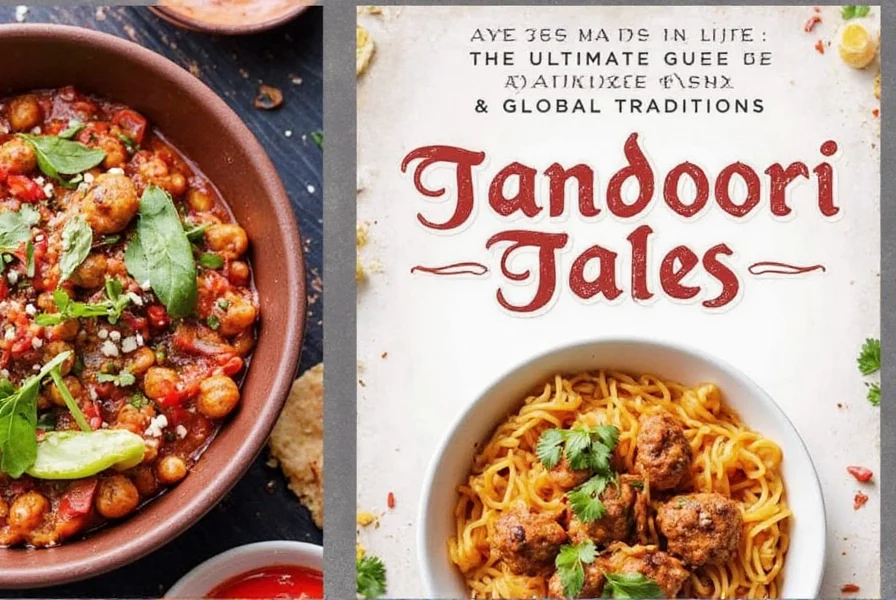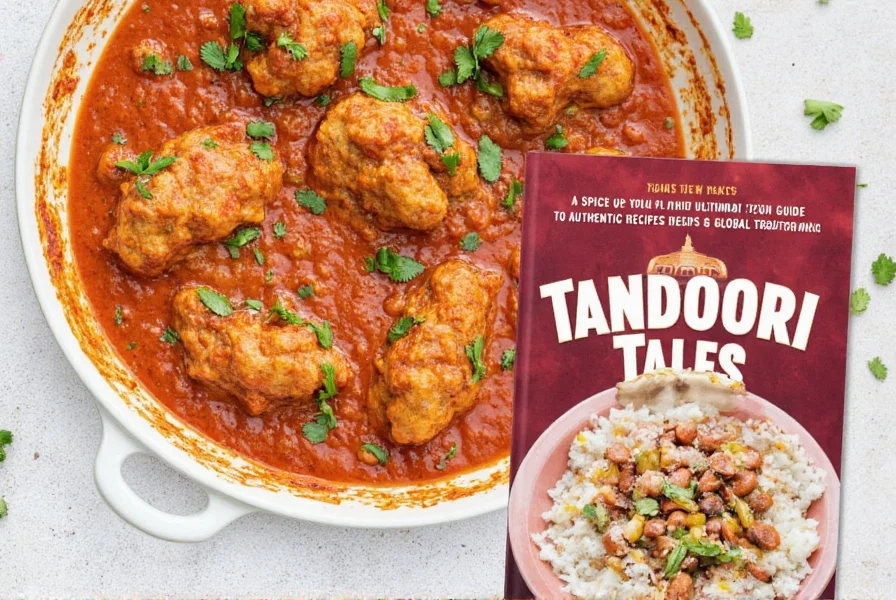Tandoori Tales: Spice Up Your Life with the Ultimate Guide to Authentic Recipes & Global Traditions
Welcome to a culinary journey that’s smoky, spicy, and oh-so-satisfying! Whether you're a home cook or a seasoned pro, diving into the world of tandoori recipes opens up a whole new dimension of flavor. In this article, we’re unraveling the secrets behind the iconic tandoori recipe, exploring its global influence, offering handy tips, and helping you choose the best ingredients and tools to recreate magic in your own kitchen.
Table of Contents
- What Is Tandoori? A Cultural Deep Dive
- The Classic Tandoori Chicken Recipe
- Global Twists on Tandoori Dishes
- Essential Spices for Your Tandoori Pantry
- Tools You Need for Perfect Tandoori
- Buying Guide: Best Ingredients & Equipment
- Pro Tips to Nail Your Tandoori Every Time
- Conclusion: Tandoori—More Than Just a Meal

What Is Tandoori? A Cultural Deep Dive
The word tandoori comes from the clay oven known as a tandoor, which has been used for centuries across South Asia. The cooking technique involves marinating meat (usually chicken) in a mixture of yogurt and spices, then baking it at high heat inside the cylindrical clay oven. This method gives the dish its signature charred exterior and juicy interior.
Tandoori cuisine originated in the Punjab region but quickly spread throughout India and beyond. Today, variations can be found from the Middle East to the Caribbean, each adding local flair while preserving the essence of tandoori cooking.

The Classic Tandoori Chicken Recipe
If you’ve ever tasted tandoori chicken, you know there’s something almost magical about its tender bite and vibrant color. Let’s walk through how to recreate that magic at home:
Ingredients
- Chicken pieces (thighs recommended)
- Yogurt (full-fat is best)
- Kashmiri chili powder (for color without too much heat)
- Ginger-garlic paste
- Cumin seeds
- Garam masala
- Coriander powder
- Turmeric
- Lemon juice
- Salt
- Food coloring (optional, for that classic red hue)
Instructions
- In a bowl, mix yogurt with all the spices including ginger-garlic paste, lemon juice, and salt.
- Add chicken pieces and coat well. Refrigerate for at least 4–6 hours; overnight is better.
- Preheat your oven or grill to 400°F (200°C).
- Skewer the chicken and place on a rack above a tray to catch drips.
- Bake or grill until fully cooked and slightly charred around the edges.
- Garnish with fresh coriander and serve with mint chutney or naan.

Global Twists on Tandoori Dishes
Tandoori isn’t just an Indian thing anymore. Around the globe, chefs and home cooks are reimagining this classic style to suit modern palates. Here are some exciting adaptations:
| Variation | Description | Key Twist |
|---|---|---|
| Middle Eastern Tandoori Kebabs | Using lamb instead of chicken and adding sumac and cumin for earthiness. | Grilled over charcoal for extra smokiness. |
| Caribbean Tandoori Jerk Chicken | Fusing Indian spices with Caribbean jerk seasoning like scotch bonnet pepper and thyme. | Marinated longer and grilled over pimento wood. |
| Italian Tandoori Pizza | Bringing tandoori spice blend to pizza crust and toppings. | Smoked mozzarella and roasted bell peppers add depth. |
| Japanese Tandoori Ramen | Infusing broth with tandoori spice base for a fiery twist. | Uses bone broth and soy sauce for umami balance. |

Essential Spices for Your Tandoori Pantry
At the heart of any tandoori recipe is the spice blend. Here’s a breakdown of what you need in your cupboard to nail the flavor profile every time:
- Kashmiri Chili Powder: For vibrant red color and mild heat.
- Ginger-Garlic Paste: The aromatic backbone of most marinades.
- Garam Masala: Adds warmth and complexity.
- Coriander Powder: Offers citrusy notes that balance the richness.
- Cumin Seeds: Toasted for extra depth and fragrance.
- Turmeric: Not just for color—it adds an earthy undertone.
Pro Tip:
Use freshly ground spices when possible. Pre-ground blends often lose potency after a few months. Consider making your own garam masala for a custom touch!

Tools You Need for Perfect Tandoori
You don't need a traditional tandoor to make great tandoori dishes, but having the right equipment helps replicate that signature sear and juiciness:
- Oven with Grill/Broil Function: Best alternative if you don’t have a barbecue.
- Cast Iron Skillet or Grill Pan: Ideal for achieving those char marks indoors.
- Charcoal Briquettes (for stovetop smoking): Add a smoky layer by placing them in a small bowl under the skewered chicken.
- Skewers: Stainless steel ones are reusable and ideal for even cooking.
- Brushes for Basting: Use oil or butter to glaze for that glossy finish.

Buying Guide: Best Ingredients & Equipment
If you're setting up your kitchen for the first time or upgrading your arsenal, here's a curated list of top picks for everything you’ll need to master your tandoori game:
| Product | Features | Advantages | Best For | Occasion |
|---|---|---|---|---|
| Kashmiri Red Chili Powder | Rich color, moderate heat, natural aroma | Enhances appearance and taste without overwhelming heat | Beginners and purists alike | Dinner parties, festivals |
| Pure Desi Ghee | Naturally clarified, no preservatives | Perfect for basting and finishing touches | Authenticity seekers | Everyday cooking and special meals |
| Stainless Steel Skewers | Rust-resistant, durable, non-stick | Even heat distribution, easy to clean | Home grilling enthusiasts | Barbecues, picnics |
| Cast Iron Grill Pan | Excellent heat retention, versatile use | Imitates outdoor grill texture and char | Indoor cooks | Winter gatherings, apartment living |
| Homemade Garam Masala Kit | Includes whole spices and grinding instructions | Customizable flavors, fresher than store-bought | Advanced home cooks | Personalized gifts, festive occasions |
Where to Buy
- Local Asian Markets – Great for finding authentic brands and fresh spices.
- Online Retailers – Look for organic or small-batch spice producers for quality.
- Kitchen Supply Stores – For skewers, pans, and brushes.

Pro Tips to Nail Your Tandoori Every Time
Here are our favorite tricks from seasoned tandoori lovers that’ll help you avoid common mistakes and elevate your dish:
- Marinate Longer: At least 6 hours, ideally overnight, to infuse deep flavor.
- Avoid Overcrowding: Ensure even spacing between skewers to allow for proper charring.
- Pre-Cook the Chicken Slightly: Especially useful if you’re using thick cuts or baking in the oven.
- Smoke It: Place a small piece of hot charcoal in a metal bowl with a few drops of oil and let it smoke beneath the chicken while resting for that restaurant-style effect.
- Baste Generously: Brush melted ghee or oil halfway through cooking to keep the meat moist and shiny.
- Let It Rest: Allow the chicken to sit for 5–10 minutes before serving to lock in juices.
- Pair Smartly: Serve with cooling cucumber raita, fresh lime wedges, or pickled onions to balance the heat.

Conclusion: Tandoori—More Than Just a Meal
Tandoori is more than just a way of cooking—it’s a celebration of culture, community, and creativity. Whether you’re recreating a traditional Punjabi feast or experimenting with global interpretations, a tandoori recipe brings people together through bold flavors and shared joy.
With the right tools, ingredients, and techniques, anyone can bring the fire and flavor of tandoori into their own home. So go ahead, light up the oven, fire up the grill, and get ready to impress your family and friends with your newfound tandoori skills!
Remember: the key to a perfect tandoori isn’t perfection—it’s passion, patience, and a pinch of adventure.












 浙公网安备
33010002000092号
浙公网安备
33010002000092号 浙B2-20120091-4
浙B2-20120091-4